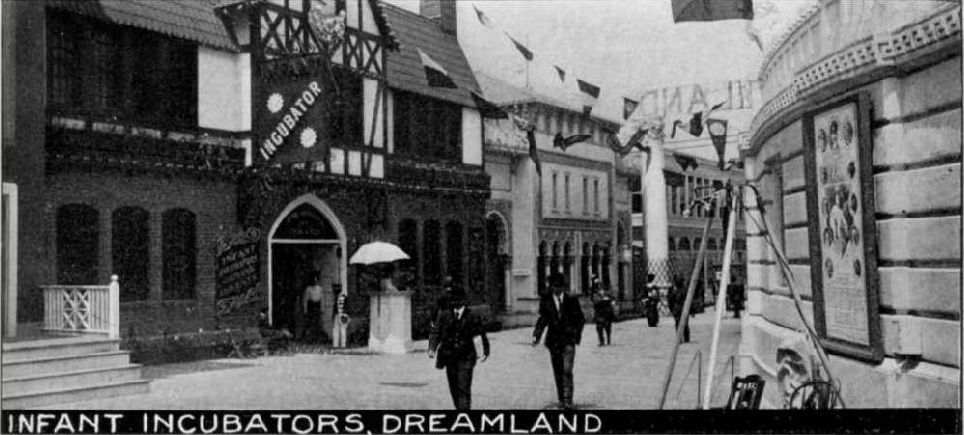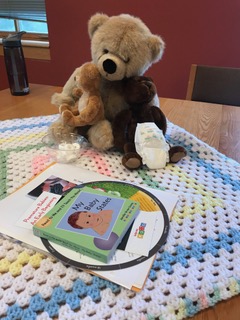Listening to Parents’ Stories Can Help Professionals Connect
It’s time for more valuable takeaways from the 2019 Minnesota Early Intervention Summer Institute! Today’s post was contributed by volunteer Katee L. Spaeth, currently a graduate student in occupational therapy at Saint Catherine’s University. Thanks to Katee for all her work and for sharing her perspective!
Premature Babies and Their Parents: Providing Information and Support to Promote Optimal Development was presented by Jolene Pearson, Ph.D., IMH-E®. Dr. Pearson is the author of Pathways to Positive Parenting: Helping Parents Nurture Healthy Development in the Earliest Months.
She began the session with a few notable developments in the history of caring for premature infants. Incubators, for example, were introduced to the U.S. at the turn of the 20th century by a German immigrant, Martin Couney. For several decades during the early 20th century, rows of incubators were displayed as an attraction in the Coney Island amusement park—babies and all!

Dr. Pearson also described her two overarching goals for the course:
Goal 1: to discuss the value of listening to parents and seeking to learn about their newborn’s story
For example, she shared tips on providing client-centered services, including what not to say to parents who have a pre-term child in the NICU.
Goal 2: to help professionals and parents hone their awareness of infants’ emotional state, read babies’ cues, and react appropriately
For example, she explained that infants primarily fluctuate between six states: crying, active alert, quiet alert, drowsy, active sleep, and deep sleep. A premature infant is feeling “just right” when in the quiet alert state. When a baby is overstimulated, we may observe cues like hiccups, yawning, looking away, back or lumbar arching, and discoloration.
Dr. Pearson reviewed techniques to comfort infants, like kangaroo care and hand cradling. Attendees used “teaching teddies” to practice modeling infant care for parents.

Other interactive activities included learning about new research through peer teaching. And participants co-created an online preemie care toolkit with evidence-based resources for professionals and parents. Topics covered included child development, parent support and postpartum adjustment, breastfeeding, and infant loss.
Interested in learning more about supporting families with infants and young children? The Center for Early Education and Development offers online courses in a range of related topics. Upcoming courses include Understanding Social and Emotional Development Using an Infant Mental Health Lens (enrollment is now open; the course starts September 16, 2019) and Working with Parents: Using Infant Mental Health Principles to Support Special Populations (to be offered in spring 2020).
Thanks to our presenter, participants, volunteer Katee L. Spaeth, and the Minnesota Department of Education’s Division of Early Childhood Special Education—sponsors of the Summer Institute for the past 36 years! Stay tuned for more highlights from the 2019 Summer Institute over the coming weeks.



